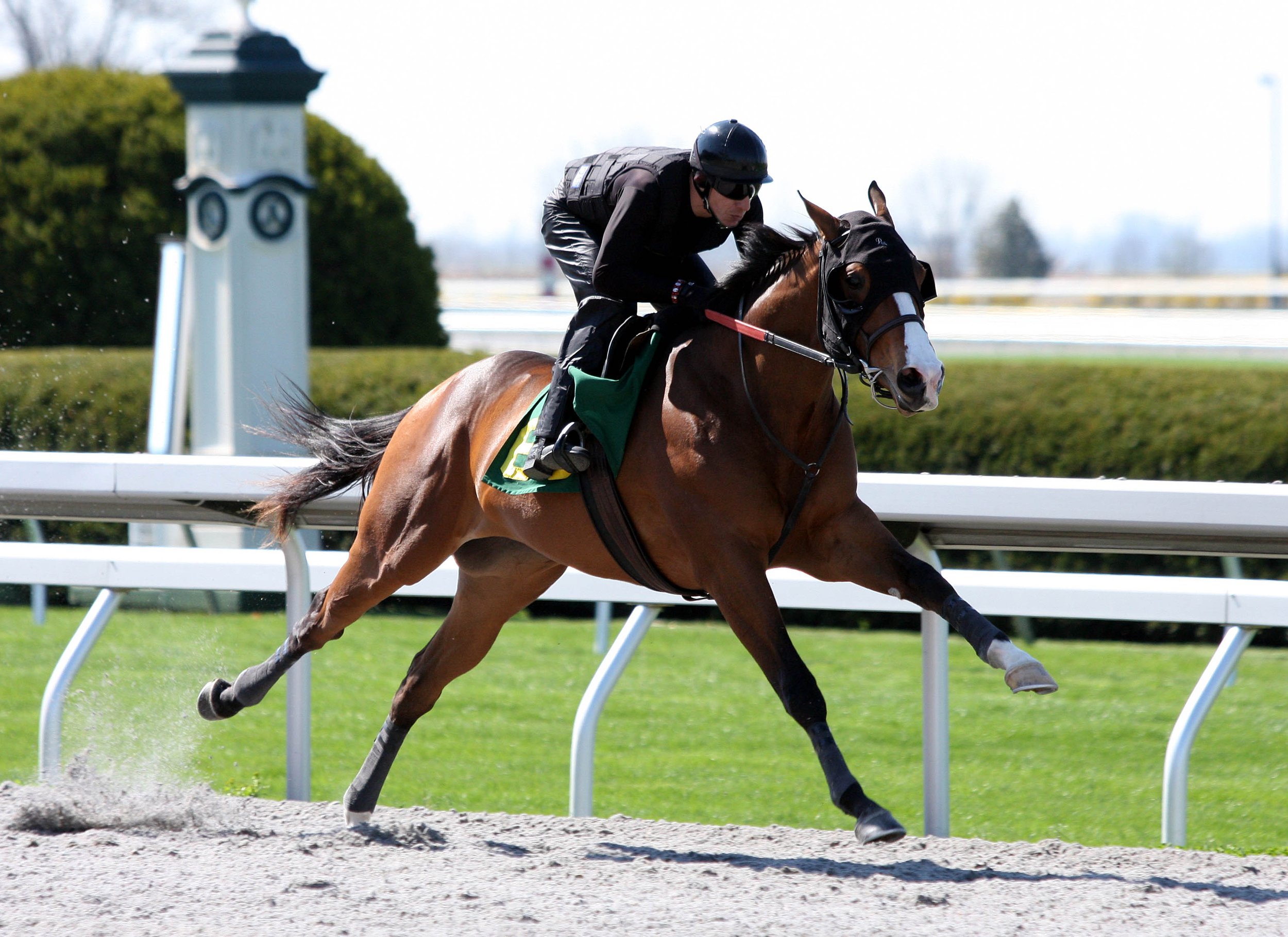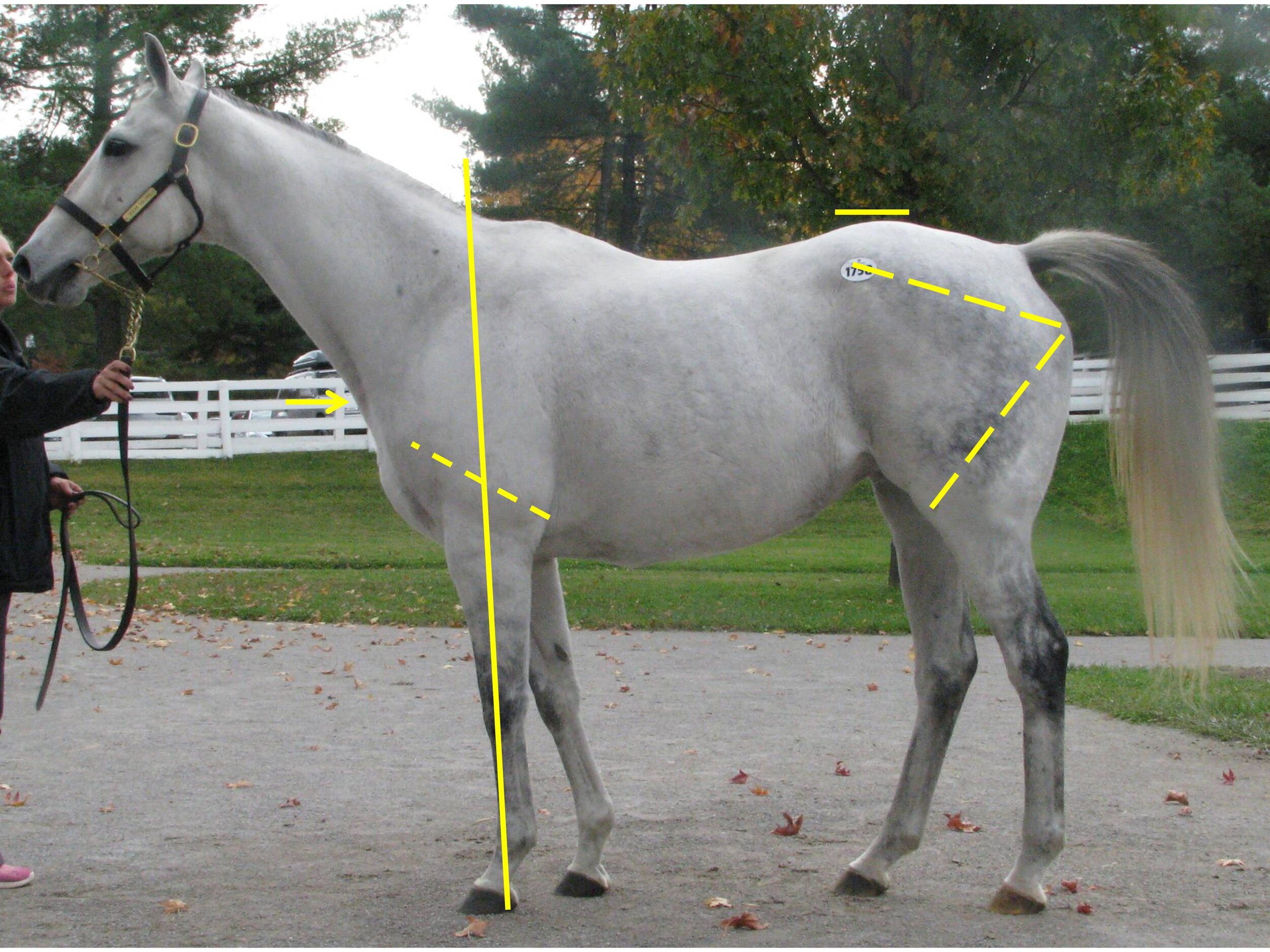**NEW** for 2024 - Bloodstock Briefing - Asking pinhookers if the shift in the 2yo sales season (to later dates) has influenced the type of horses they consign for sale
/Article by Jordin Rosser
Even though term pinhooking came from the tobacco industry in Kentucky, it is widely used in the Thoroughbred racing industry as a concept where horses are bought at one stage of life and sold at another stage of development in the hopes of a profit based on the breaking, training and maturing process of these animals.
We have gathered a panel of pinhook sellers of both yearling to two-year-olds, weanling to yearlings, and breeders to discuss their thoughts on selection at sales and their view of the business. Our panelists include: Richard Budge, the general manager of Margaux Farm who oversees the breeding and training of yearlings and two-year-olds; Eddie Woods, a well-established two-year-old consignor and yearling pinhooker; Marshall Taylor, a thoroughbred advisor at Taylor Made – known for yearling consignments; Niall Brennan, a respected two-year-old consignor and yearling pinhooker.
Q: When selecting yearlings for pinhooking to the two-year-old sales or weanlings for the yearling sales, which qualities do you look for?
Many of the panelists concur on the primary qualities necessary for a prospective successful pinhook being conformation, pedigree, and clean vetting – but generally, wanting “quality”. Such traits include an early maturing body, muscle, good conformation, and pedigree for yearling pinhooks to two-year-olds. Some consignors weigh some of the main qualities with different weights, for example, Eddie Woods looks at the conformation of the prospect before the pedigree but will analyze sire lines and sire statistics to assist him in his selections. In contrast, Richard Budge starts with the pedigree then evaluates the conformation and analyzes the whole picture. For weanling to yearling pinhooks, the primary attributes to consider are pedigree, conformation, good movement, and early foaling dates. Marshall Taylor further discussed wanting to find a good-sized body, longer neck, laid back shoulders and good strides when walking. At the end of the day, “quality is a perception” as stated by Niall Brennan – these qualities are statistically likely to sell well in both the yearling sales and the two-year-old sales from the seller’s perspective.
Q: Given the two-year-old sales have decreased in number and have moved to later months, do you believe it has incentivized yearling selection and/or breeders to favor later maturing horses?
A resounding “no” came from the panelists. Looking back into the history of two-year-old sales gave a clearer picture as to why the sentiment has not changed. The main two-year-old sales currently are the OBS March, April and June sales in Ocala, Florida as well as the Fasig Tipton May and June sales in Timonium, Maryland. However, there used to be OBS February, Calder and Adena Springs sales, Fasig Tipton’s Gulfstream sale, and Barretts’ (a company whose final auction was in 2018) March and May sales in Pomona, California.
Niall Brennan commented that when the earlier sales were going on, the horses would “breeze within themselves easily” instead of breezing for the clock as is evident in today’s sales. Due to this emphasis, pinhookers noticed some horses needed more time to mature to run quicker times and with the horsemanship shown throughout the industry – all the panelists indicated that “the horse will tell you which sale it belongs in”. With the two-year-olds’ sales model having changed many variables, one variable that stayed the same is the horse attributes needed to be successful in these sales. Which leads to the conclusion being the same and sentiment remaining steady despite changes in the industry.
Q: Hypothetically, if the two-year-old sales changed from breezing to galloping with technological devices to provide metrics to analyze, do you think the market or breeders would change their strategies?
Most of the panelists believed this hypothetical would not work well for the two-year-old sales model. Some of the panelists discussed the Barretts sales model having horses gallop untimed instead of breezing or breezing with times in the 100ths. Niall Brennan commented that the granularization of the breeze times “caused more speculation from the buyers” and changed their perspective on the individual horses based on fractions of a second. The juxtaposition of sales with only untimed gallops and sales with timed breezes caused many buyers to “compare apples to oranges” – leading to a perceived dismissal of the idea.
In the current market and with the technology available today, this may not be possible, but Marshall Taylor believes “any information you have is good information” and “moving forward with technology is a positive”. In the future and with significant technological advancements, this hypothetical could be real. In the words of Niall Brennan, “the time will come when we aren’t worried about time [during breezing]”.
Q: In terms of breeding, what trends do you currently see and what trends do you want to see benefiting the pinhooking market?
The consensus from the panelists indicated breeding speed and quick maturing horses is the current trend in the pinhooking market. Richard Budge stated “precociousness is valued highly into the making of a stallion” in America. Marshall Taylor mentioned technology is used in making breeding decisions, particularly Nick reports. These use the daily updating percentage of stakes winner indexes to determine if sire and dam lines are compatible for the desired outcome culminating in a high performing racehorse.
Based on many of the responses in what type of weanlings or yearlings are selected at the beginning of the pinhooking process, the need for precocious and well-bred horses is no surprise. Richard Budge, believes that turf racing has become more popular and believes the growth of this segment in thoroughbred racing should encourage pinhooks to look for turf in their prospect’s pedigrees. However, the bloodlines will need to support this idea and the American breeders will need to include more English, French and South American bloodlines to adjust for these factors.
Q: Where do you see the pinhooking market right now?
The panelists all agree on this point: the buyer market is focused on quality over quantity and concentration of the buyer market. These trends encourage pinhookers to purchase weanlings or yearlings that tick all their boxes to produce quality prospects leading to increased prices as a function of competition. According to many panelists, the market is focused on what is perceived to be the “top end” – by pedigree, conformation, vetting, and/or under tack time. Based on the rising costs of ownership, Marshall Taylor mentioned “partnerships are becoming more popular” amongst the buyers, allowing owners to offset these increased costs.
———-
Throughout these interviews, it is apparent pinhookers have a keen ability to read the horses and determine how to bring their best on “NFL combine” day in the case of the two-year-olds. Niall Brennan and Richard Budge gave credit and appreciation to all the pinhookers who actively prepare these athletes and show their horsemanship through breaking, training, consigning, and breeding of these animals.
We see all the hard work that goes into preparing these athletes for race day through their accomplishments. To produce this feat on demand and to make money in the process is what pinhooking thoroughbreds is all about.
















